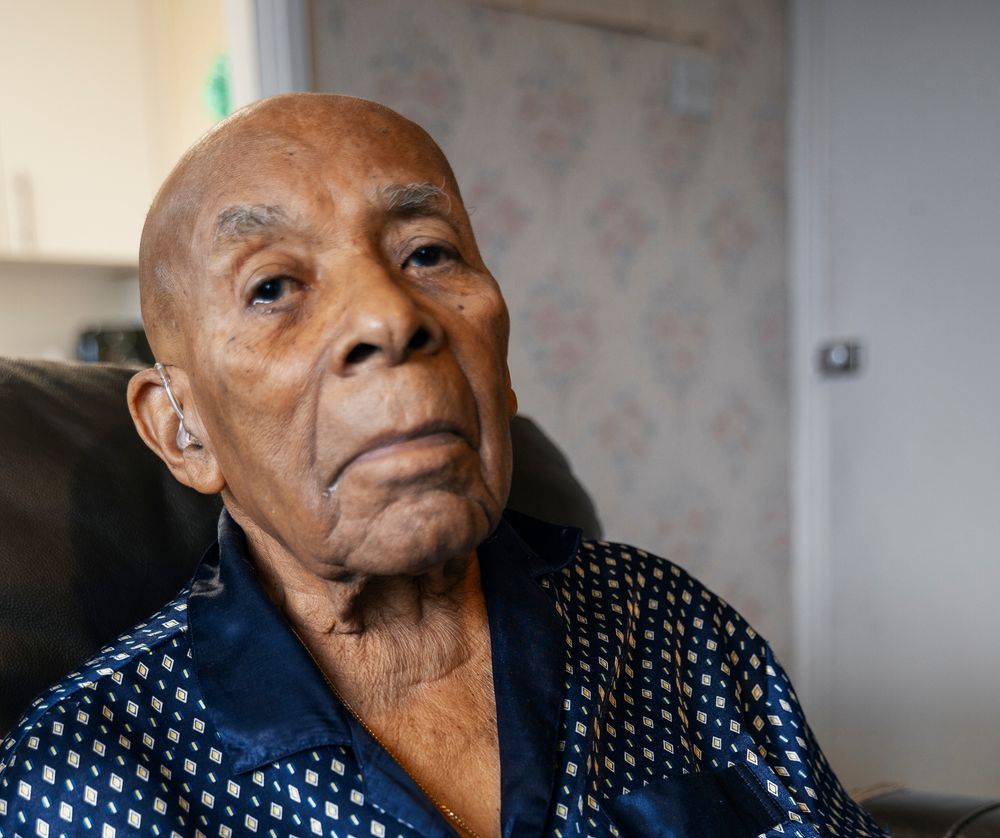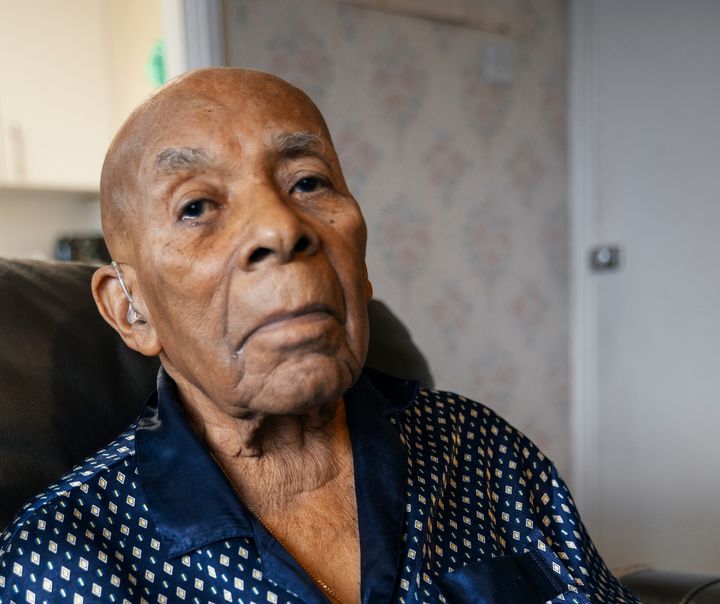
Gilbert Clarke’s Story
Gilbert Clarke’s Journey – From Montego Bay to the Skies of Wartime Britain
Gilbert Clarke’s Journey – From Montego Bay to the Skies of Wartime Britain.
Gilbert Clarke’s story begins in Montego Bay, Jamaica. Fascinated by aviation and technology from an early age, he left school before receiving a college education, drawn by the promise of opportunity.
In 1943, news arrived that volunteers from across the Commonwealth were wanted for the Royal Air Force. Still underage, Gilbert initially lied about how old he was, but his determination paid off. He passed the required entry tests and earned a place at Kingston Palisadoes RAF camp. His first ambition was to train as a flight mechanic, but when those positions quickly filled, he pivoted to become a radar mechanic — a role that would soon take him far from home.
After basic training and being fully kitted out, Gilbert boarded a troopship bound for Britain via the United States. In Virginia, he encountered the strict racial segregation of the U.S. Armed Forces, a stark contrast to his previous life in Jamaica. It was from there the mechanic crossed the Atlantic before
docking in Liverpool. On D-Day 1944, as he was stationed at a Butlins Holiday Camp in Yorkshire, Gilbert watched the sky fill with hundreds of planes bound for Europe. He recalls silently urging them on,
Give them hell
Gilbert Clarke

When the war ended, he was “demobbed” with a civilian suit and valuable skills in electronics. One evening at The Paramount dance hall in London, he met Phyllis, a young woman from Uxbridge, and thus began a lifelong partnership. Post-war housing shortages tested the couple, but resilience carried them through. Now nearing his hundredth birthday, Gilbert reflects, “Without time, we don’t exist.”. For him, every photograph is a moment preserved, a fragment of history, just like his own remarkable life.
Post-War Housing Dreams: Gilbert and Phyllis’ Journey to Harold Hill
The aftermath of World War II left London with more than just scars; it left a pressing housing shortage. Families who had survived the Blitz now had to face the daunting task of finding a somewhere new to call home. Among them were Gilbert and Phyllis Clarke, whose story of resilience and community activism, highlights the challenges, and small victories, of post-war Britain.
Gilbert and Phyllis, like countless others, had to navigate the over-crowded, overtly bureaucratic, housing system that followed World War II. Despite their best efforts however, they were placed on extensive waiting lists for affordable housing.
In an era when the city’s resources were stretched incredibly thin, securing a permanent residence was more often a matter of persistence, luck, and sometimes, political engagement. Which led to the couple’s involvement with the Communist Party, who were at the time, advocating for fair access to housing. Which in turn reflected the broader post-war social movements that where demanding equality and opportunities for all.
Their persistence paid off when, shortly after Phyllis fell pregnant, they were offered a place to finally call their own. This new chapter led them from the west of London to Romford, specifically Hildene Avenue in Harold Hill. It was here the couple began raising their family. They welcomed six children over the years: Raymond, Timmy, Trevor, Norma, Alan, and Kay. Their story is emblematic of the countless families who, through determination and community involvement, carved out a home and a future in the rapidly
changing landscape of post-war London.
The tale of Gilbert and Phyllis is not just a story of bricks and mortar; it’s a testament to the human spirit. A story of hope, perseverance, and the small victories that shape our lives. Their journey reminds us that behind every post-war statistic are real people, who had to rebuild their lives, often against great odds.